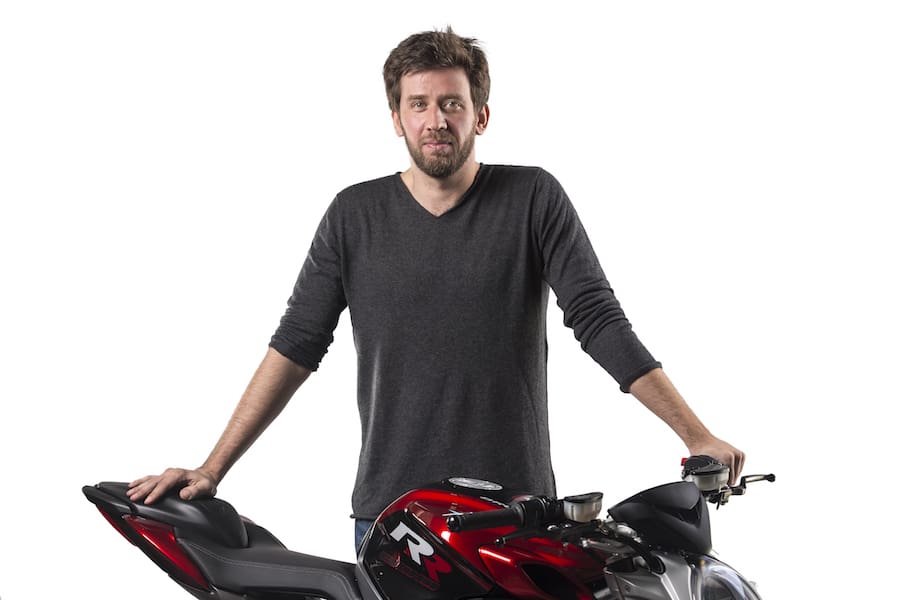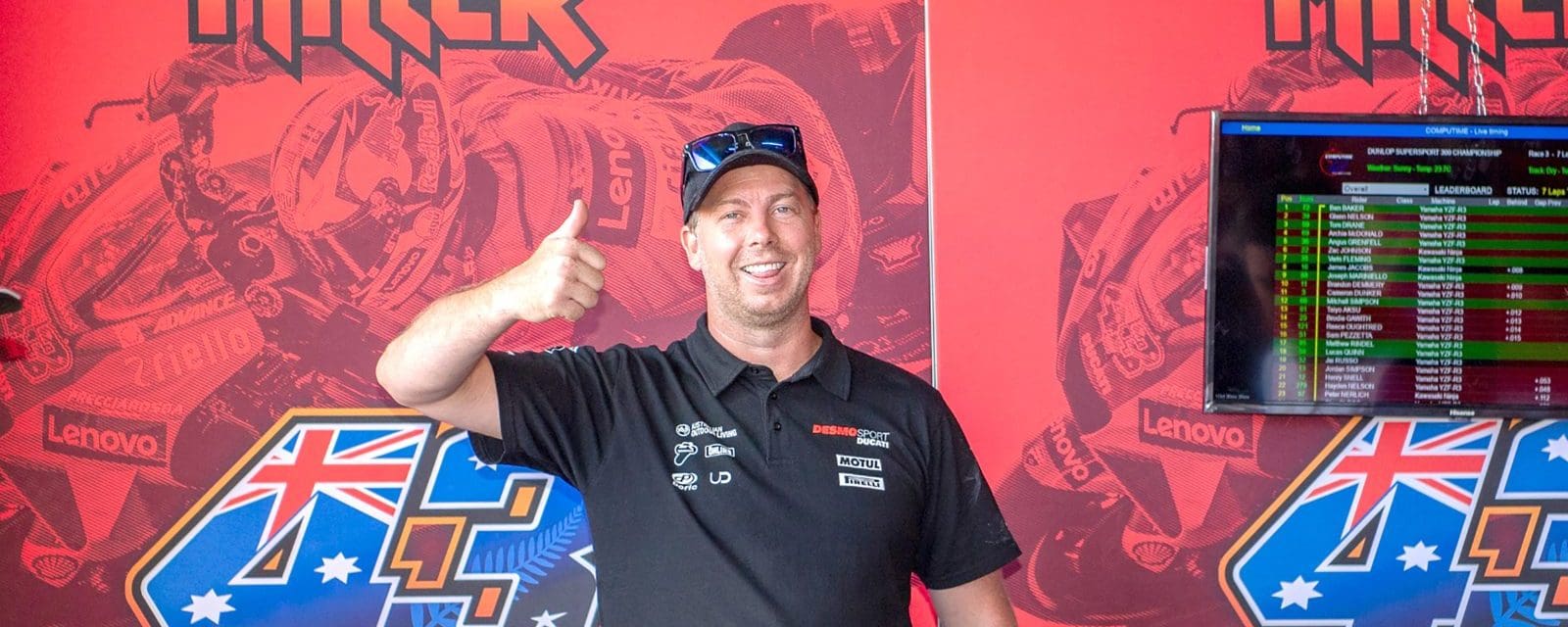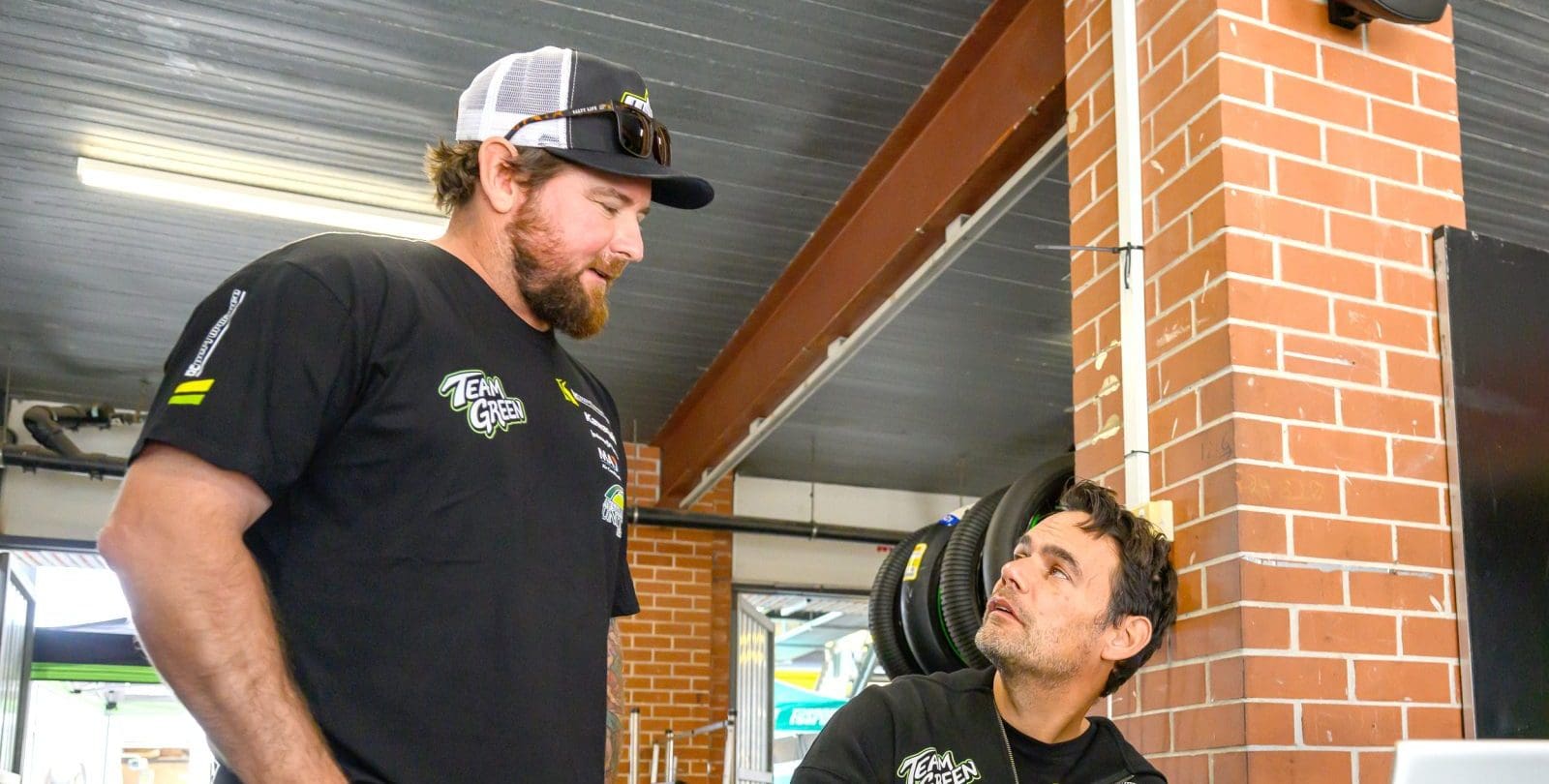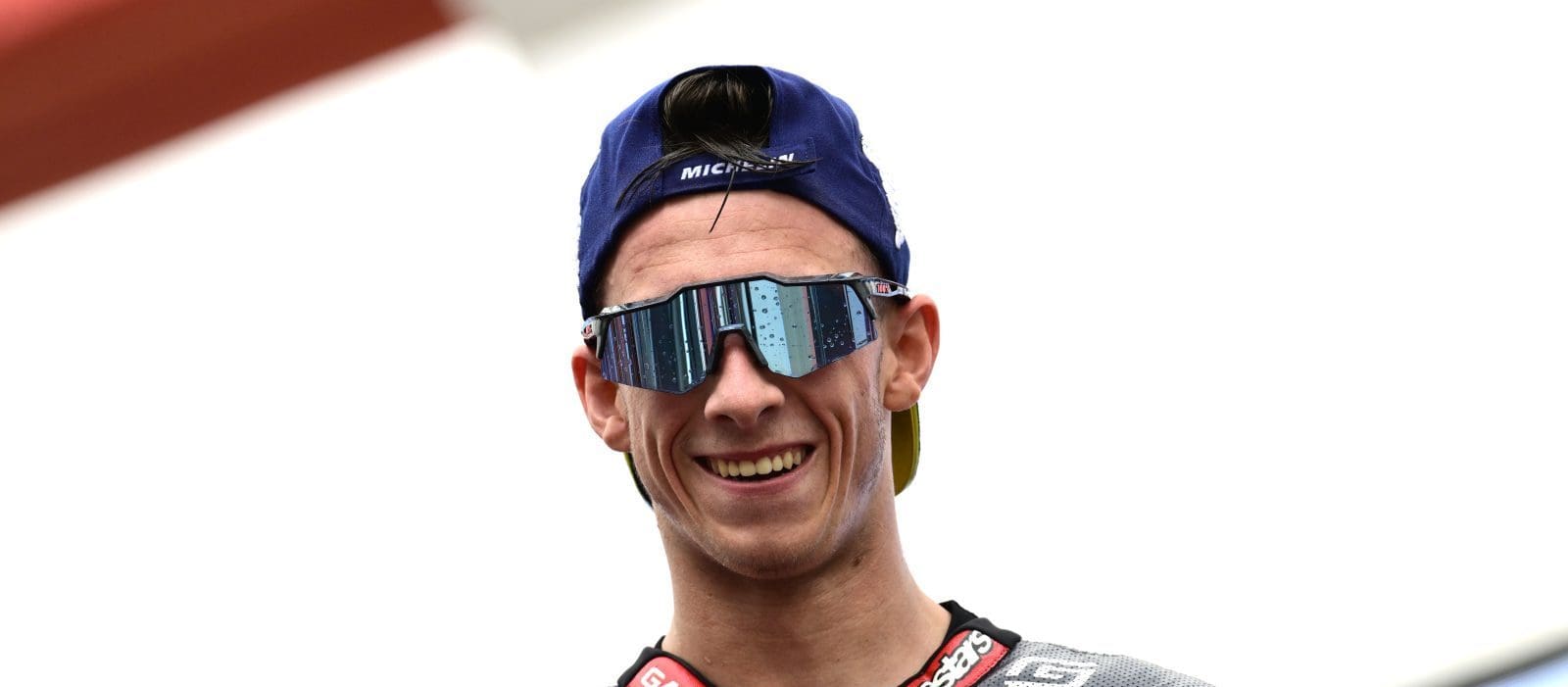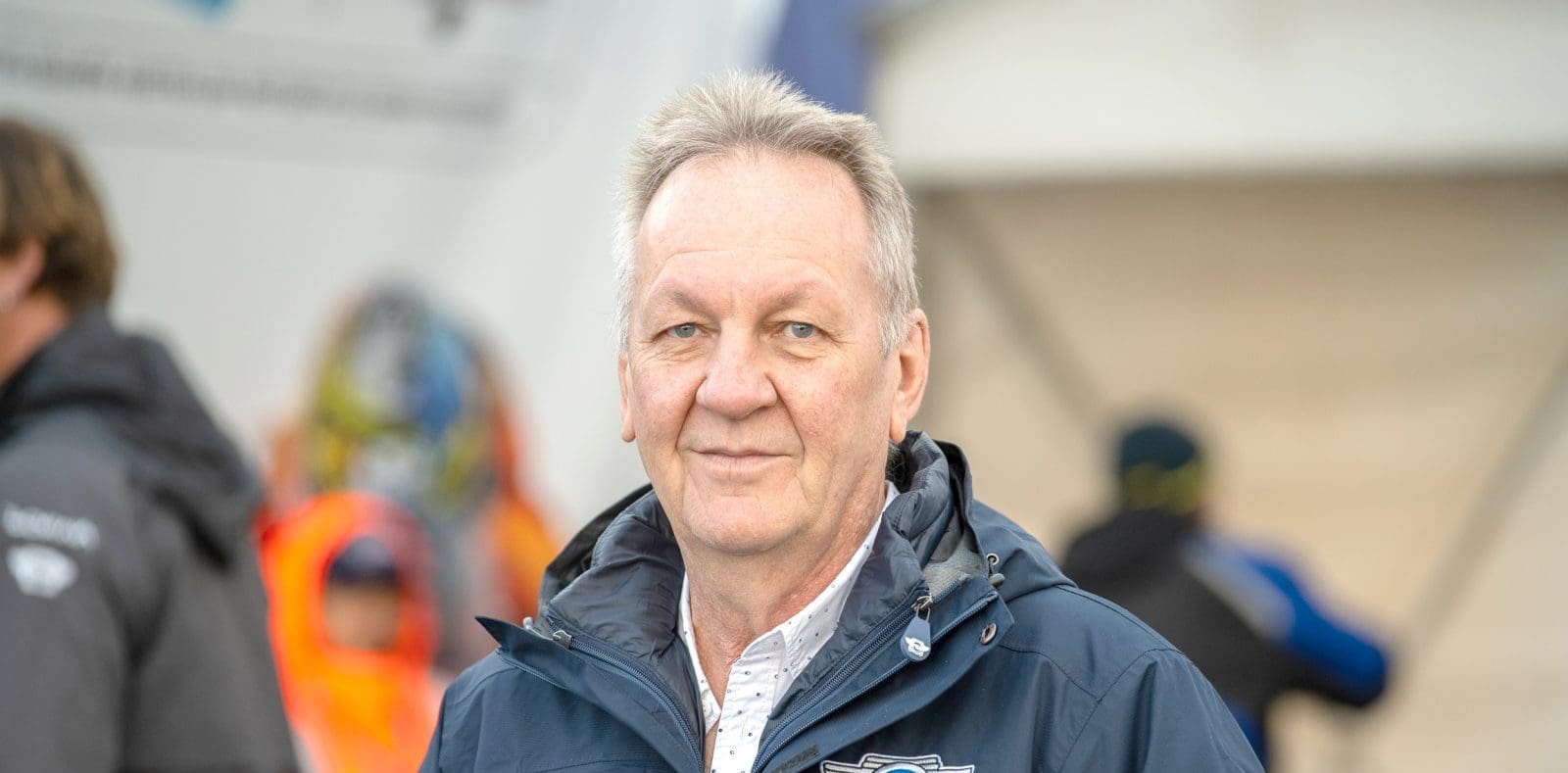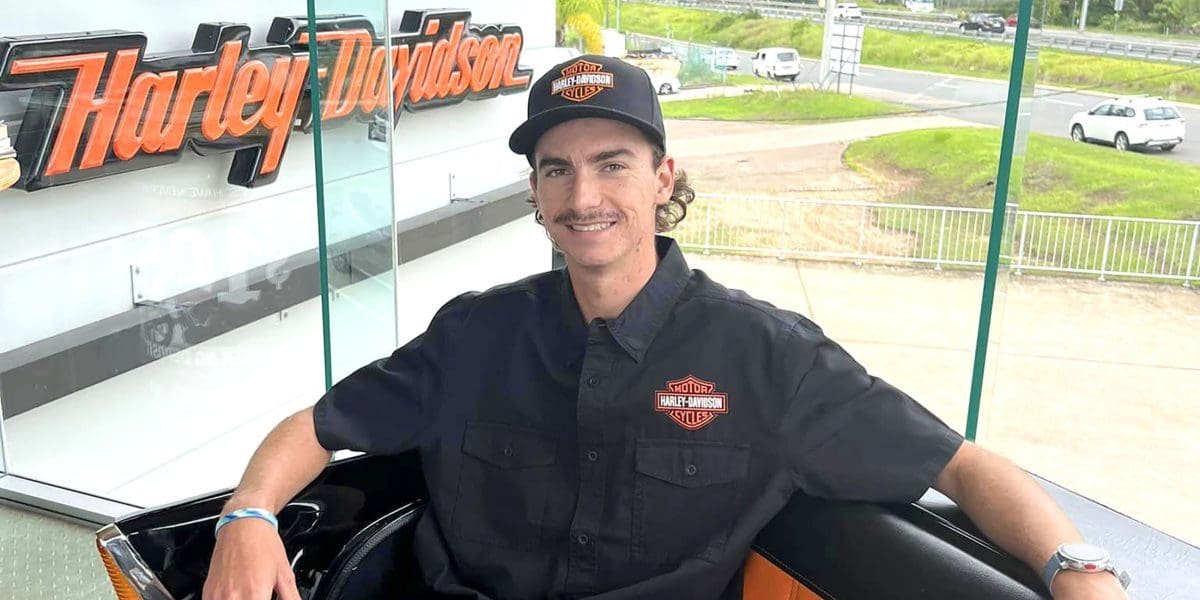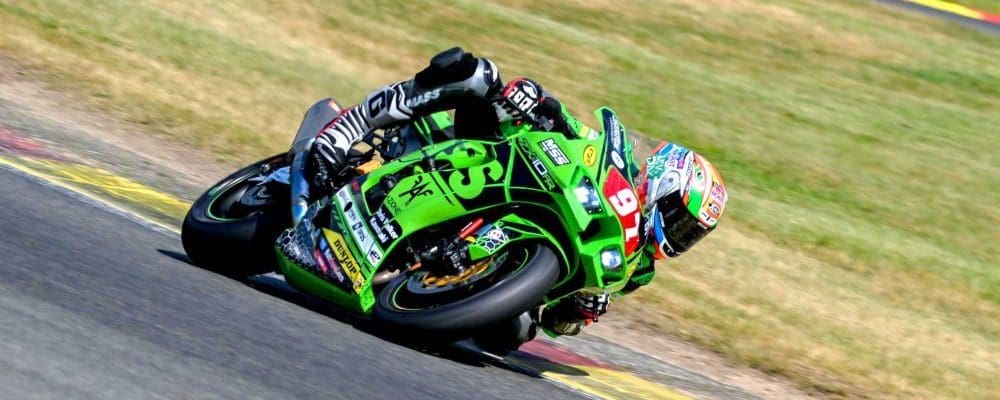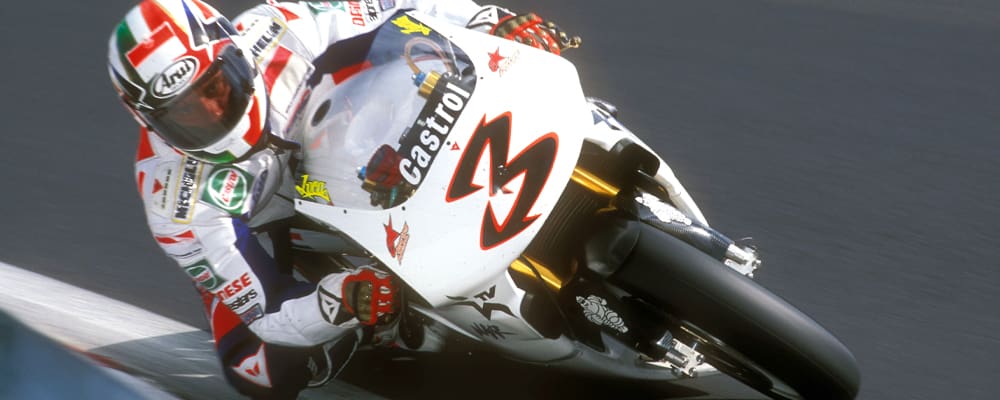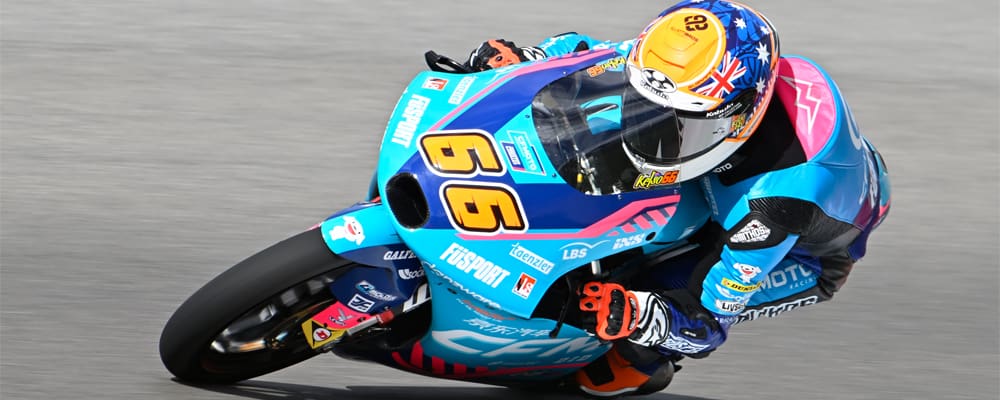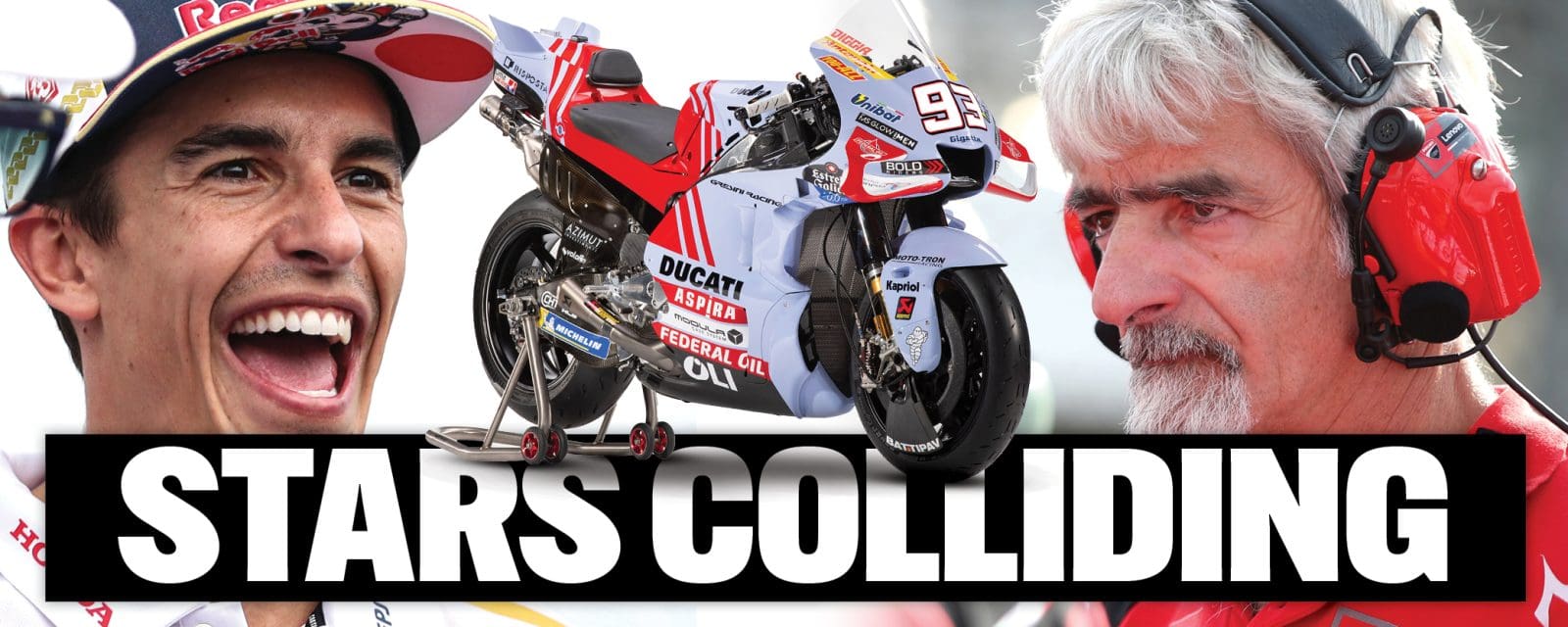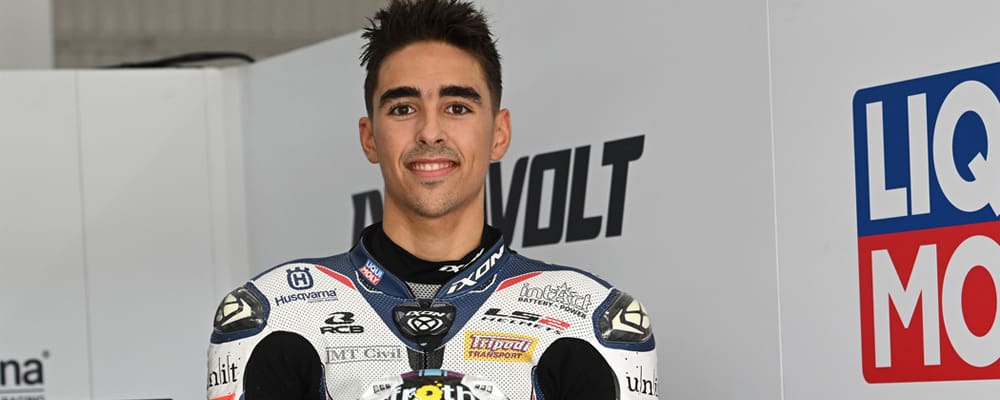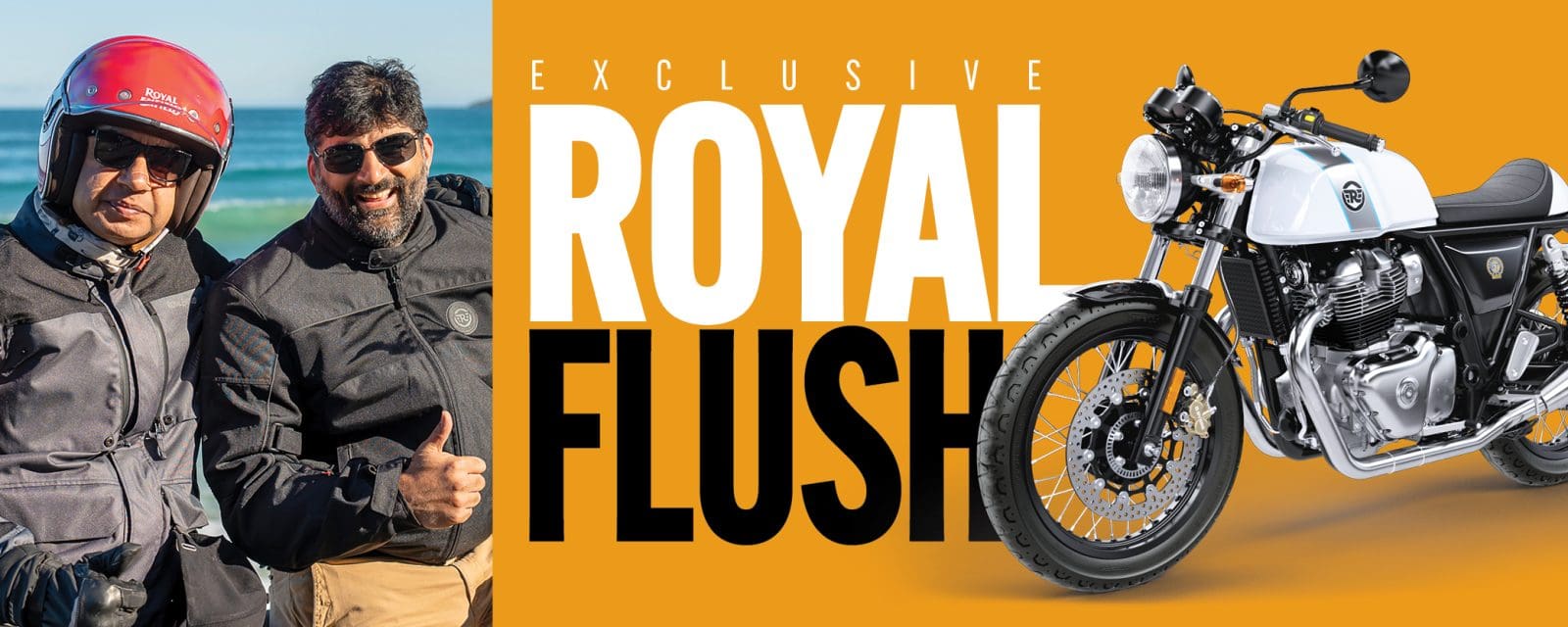MV Agusta’s new owner, London-based Russian investor Timur Sardarov, 36, talks about his passion for the brand and its racing plans
Bring us up to date on MV’s ownership?
Our investment company Black Ocean has purchased a majority shareholding. I’ve become CEO and Chairman of the MV Agusta Group, while Giovanni Castiglioni has been appointed President. It’s exciting times, because Gio and I will be working together to restore MV Agusta to its correct place in the motorcycle market. We’ve completed a capital injection of over 50 million Euros ($79.6m).
What will be your respective responsibilities?
Giovanni’s an incredible visionary on the design side, whereas my expertise is more in technology, marketing and sales. One reason I decided to come into MV two years ago was to work on a new way to sell these bikes, developing MV Agusta as a company. Together we can create an MV Agusta that hasn’t existed before – a soundly financed, stable, forward looking company, with fantastic products.
What’s your strategy for achieving this?
After so much uncertainty our strategy for 2018 was to stabilise everything. We’ve done that by making 3500 bikes last year. Our break-even point is 2500 units, so the rest is profit. I would grow the brand to 10,000 units annually, but no more.
MV Agusta is going Grand Prix racing for the first time since 1976, in the Moto2 class but with a three-cylinder Triumph engine. Why?
The 765cc Triumph control motor is quite a bit taller and bigger than our three-cylinder MV Agusta 800 engine but we feel there are two benefits. First, we have experience in making three-cylinder bikes that handle well and, since we’re not going to have the F4 any more in World Superbike, we still want to continue racing because it’s part of MV’s heritage. We’ve signed a four-year deal with Forward Racing, which previously used Suter chassis on their Honda-engined Moto2 bikes. We will supply them with MV Agusta racebikes with Triumph control engines.
Why the move away from World Superbikes?
Moto2 makes more sense financially and, in terms of the media coverage, has more potential than Superbikes at this stage. MV wants to be part of the MotoGP world and learn how it functions, and Moto2 is the most cost-effective way. We’re keeping our race effort financially separate and funded through sponsors.
Where does Cagiva fit in?
Cagiva will be the electric brand of the MV group with a range of commuter bicycles featuring beautiful MV Agusta-type styling. I want Cagiva to have its own identity and for the two brands to leverage off each other.
What about MV’s three-cylinder models?
We will continue with the 675 F3 and Brutales because they sell very well, but we’re also looking at a 35kW 675 Brutale entry level bike. We’re working on a 930cc version of the three-cylinder powering a range of models. In the meantime we’ll show a supercharged F3 as a concept later this year. We’re also focusing on improving the 800 models’ ridability, so the new SCS/Smart Clutch System transmission, premiered on the Turismo Veloce, will be fitted across the entire platform.
Talk us through the new four-cylinder engine.
We have our new four-cylinder engine introduced in the 1000 Brutale Serie d’Oro at the EICMA Show in November. This is almost a new engine apart from the crankcases. The new Brutale 1000 is in a category of its own, a hyper-Naked with over 200 horsepower in Euro 4 compliant form, in a 170kg platform and capable of 312 km/h! It’s quite an amazing product – and the fact that it was elected the most beautiful bike of the 2018 EICMA Show, shows the public recognise that, too.
Will you make an F4 Superbike version?
We’re about a year into developing a new F4 from the ground up, and expect to present it as a 2021 model. It will be radically different from any other Hyperbike ever made, just as the first F4 was 20 years ago. To have a breather from the F4 allows people to forget about it, and then MV comes back with something fabulous.
Interview Alan Cathcart
